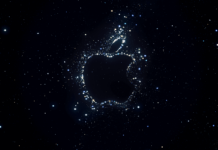Apple unveiled its rearmost iPhone models( iPhone 14, iPhone 14 Pro, iPhone 14 Pro Max, and iPhone 14 Plus) last September. The bettered cameras, faster processors, and satiny new designs of these new biases were packed with substantially useful new features. A new iPhone release is a largely anticipated event for numerous guests, and the iPhone 14 didn’t fail. Congratulations to the lucky ones who formerly owned a lower version of the iPhone that switched to the new iPhone 14!
You’re proud to enjoy one of the most advanced smartphones on the request now. Still, just like any brand-new device, you may witness interruptions. When your device is bugging, glitching, lagging, or facing other problems, it’s important to know how to fix it effectively. In utmost cases, performing a forced restart or hard reboot is one of the most useful yet easy things to do on an iPhone 14 for troubleshooting styles.
It’s a simple procedure that fixes numerous device-related issues. It’s worth learning to do it if you are new to it or strange with the procedure. Of course, it’s always a good idea to familiarize yourself with the different ways to troubleshoot your device. There are numerous ways to fix iPhone 14 issues, but this bone is veritably important. Some involve resetting network settings, while others involve restoring the device to its plant settings. They believed that by learning these guidelines and ways, they would be suitable to successfully handle the utmost problems. And who knows? Your new knowledge of technology may surprise your musketeers!
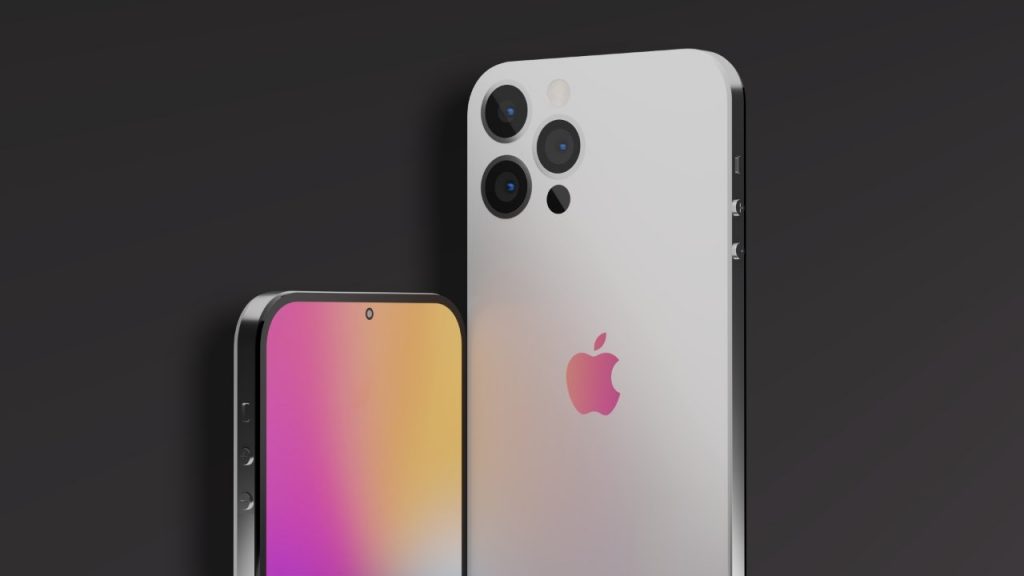
What is the difference between “Restart” and “Force Restart” in iPhones?
A normal Restart will just turn off your operating system and all your running apps. This systematic process ensures all your programs are closed before your operating system. With Restart, you will not worry about any of your applications running because it will save and exit securely.
At the point when you fundamentally execute a Power Restart on your telephone, you, in every practical sense, are not playing out any activity that will generally change or erase extremely your telephone’s settings, information, or applications that you essentially have on most certainly your gadget, which in a real sense is genuinely critical. When you perform a force restart on your phone, you essentially are not executing any activity that will literally alter or delete definitely your phone’s settings, data, or apps that you have on fairly your device in a kind of major way.
Force restarting is generally a procedure that will deliberately actually interrupt the supply of electricity from your phone’s battery, specifically to the phone’s hardware or internal components that, for the most part, make it work. This would result in your phone losing all its power and shutting down abruptly without following the normal shutdown process. This demonstrates that when you perform a Force Restart on your phone, you are not altering or deleting your phone’s settings, data, or apps, which are very important.
The difference between Restart and Force Restart is that Force restart is abrupt and sudden and could close your application abruptly, too, without having the time to save the data.
Also Read- How To Force Restart iPhone 14 Pro And iPhone 14 Series
How to Force Restart iPhone 14, iPhone 14 Pro, and iPhone 14 Pro Max.
If you’re a new iPhone 14 user, encountering problems with your device can be overwhelming. The good news is that there are simple solutions for most of these issues, and force restarting or hard rebooting is one such solution.
Force Restarting an unresponsive iPhone has been made effortless thanks to the specially designed hardware buttons on the side of its body. This process comes in handy whenever your phone freezes or becomes completely unresponsive due to underlying software-based issues like experiencing app crashes frequently as well as UI lagging while navigating through different tasks.
Even if you don’t know much about technology, you can particularly perform a Force Restart without much trouble if you follow the steps clearly. Quickly press the up and down volume buttons, then hold down the power button until you see the Apple logo displayed, and your device will perform a self-force restart and should end up to the home or lock screen once completed; then, the problem generally is solved!
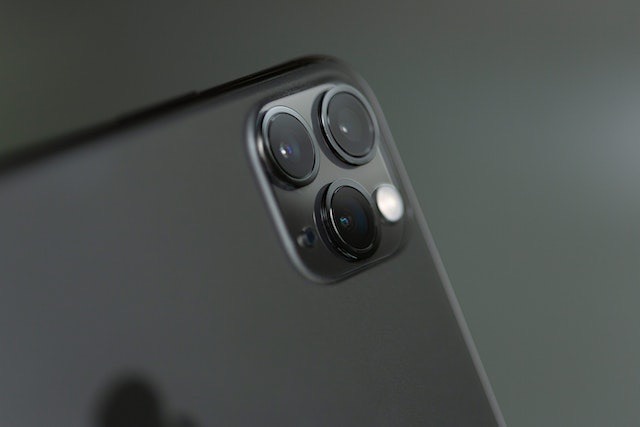
It’s always helpful information when dealing with electronics like mobile phones knowing how to troubleshoot basic glitches, which actually include force-restarting because they interrupt running apps abruptly, similar effect during power disconnections—rebooted from scratch mode giving optimal recuperation chance, thus improving performance for all intents and purposes maximum results expected gradually return over time depending duration kind of lapsed before resetting earlier neglected errors detected chipping away processors efficiency overtime benefiting overall task processing speeds no more delays ever again once resolved immediately
1. Press volume up button. You do not need to give it a long press or hold it; just press and release.
2. Press volume down button. You do not need to give it a long press or hold it; just press and release.
3. Long press the power or lock button on the right side of your iPhone. Hold it and press it until you see the Apple logo on your iPhone’s screen.
Once the Apple logo appears on your iPhone’s screen, it means that the force restart is successful, and you can now release the power button. You do not need to press any buttons further.
A hard reboot is the same as a force restart, and sometimes it is also called a force reset though there is no reset happening. You just have your phone off and turn it back on again, though you will interrupt whatever apps were running on your iPhone because this will close out every single app in your phone with a fat reset. Knowing these three easy steps of force restart is handy because this is a basic troubleshooting tip for your iPhone 14 and any other iPhone. Just make sure to remember PPL (Press volume up in, Press volume down out, Long Press power button short).
Also Read- Now You Can Restart iPhone Without Pressing Buttons With Siri: Here’s How
Which is better, Reboot or Restart?
The new iPhone 14 units sure come with new and incredible features but not all mobile phone is perfect. This new model still has bugs and glitches that you can encounter. Restarting your phone may be the best initial troubleshooting to do whenever you encounter glitches or a frozen screen, but rebooting or force restart is way better. Why? There are just times that a simple restart doesn’t work, so you have to force restart your iPhone. Force restarting your iPhone is a great way of fixing minor bugs and glitches, but for bigger and more complicated issues, you may need to perform a reboot to be able to hard restore your iPhone to factory settings or do a DFU restore.
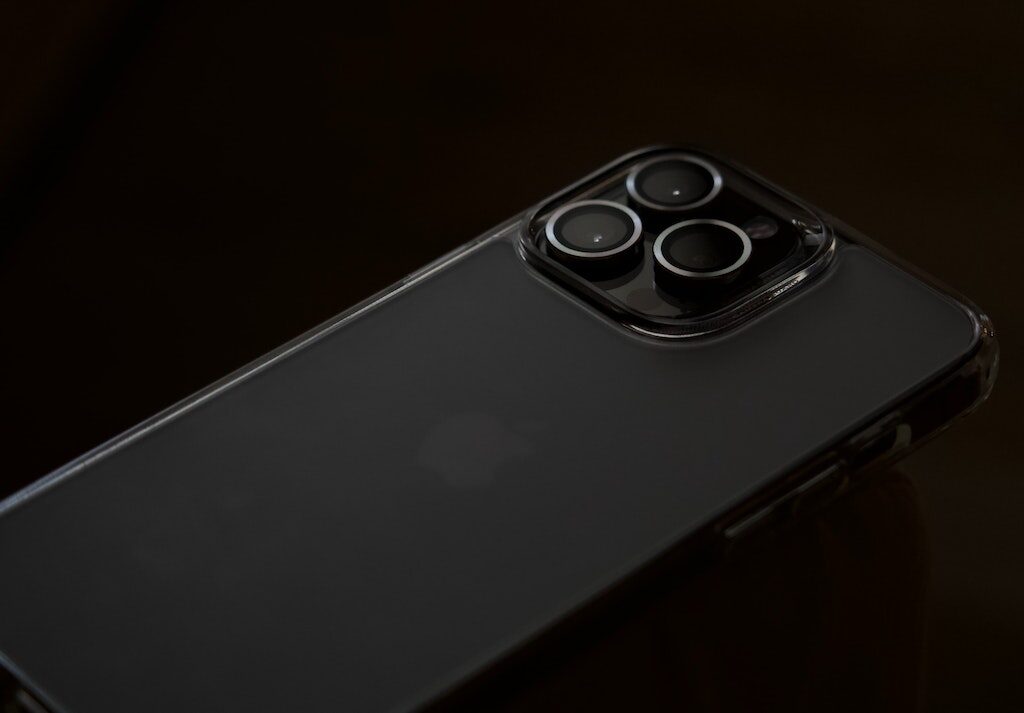
Force restart does a better job of seamlessly fixing your software problems. Force restarting your phone is on the hardware level because unlike restart, where your phone’s system is still operating, in force restart, you will have your iPhone’s battery disconnected from your phone’s system, shutting it completely off.
Also Read- Mac Keeps Restarting? Try These Fixes
When you should Force Restart?
At the point when you restart your iPhone, you are essentially letting it stop now it doing and allow it to begin booting once more; this can, for the most part, definitely assist you with fixing a few minor issues that may essentially be influencing your telephone’s exhibition, for example, applications crashing or running gradually or in a big way in a big way. The fact that your phone restarts does not indicate that it is malfunctioning or not functioning at all; It simply indicates that you, for the most part, want to refresh something that is not functioning as it is supposed to.
However, there really are times when your phone may be so damaged that it does not specifically respond to your actions. It could be frozen, stuck on a generally particular screen, or not working at all in a subtle way, which is significant for we as humans want our phones running as smoothly as possible all the time that we are using it or while not using it. In this instance, you need to restart your phone forcefully. When you force restart your phone, you use a, for the use-case, the buttons that are actually residing just on the side of your phone to make it turn off and on again.
You might be able to fix more serious issues that are preventing pretty your phone from working normally with the assistance of using restarts help a lot. When you force restart your phone, it is completely out of commission and cannot essentially be reached until it is brought back to life.
Your iPhone may experience glitches, but nothing compares to the iPhone screen freezing and you being unable to touch anything on the phone, and even the power button won’t help. In this case scenario, it is better to force restart your phone immediately rather than waiting for it to be fine all on its own.
Also Read- How To Fix And Restart The Macbook Touch Bar When It Stops Working
Is it safe to hard restart?
Fear not, brave iPhone user, for you can wield the power of force restart to vanquish, release or remove any glitches or lags that plague your device. Simply, press and hold the magic buttons until your screen turns dark and bright again. This simple use of restarting can restore your iPhone to its normal state without harming or erasing your precious memories. This is a skill that every iPhone owner should master, especially if you are new to this realm of technology.
Even the wise tech-savvy people who study these devices recommend force restart to remedy a frozen screen or a sluggish performance. This is far superior to merely turning your device off and on again or hoping that it will heal itself over time.
Does hard reboot iPhone delete everything?
Long answer short; it does not.
One of the best-case scenarios to operate this troubleshooting is when your device has frozen. Like the soft or normal reset, the answer is no; it does not delete your data or any of your files or application in your iPhone. Some people ignore the force restart or reboot troubleshooting because they fear their files and data might be deleted. But, no, you should not be worried about any of those. Because of this, you should not fear any important documentation and files that have been stored in your device. You do not need to back up all of your files all of the time; whenever you are in need of a forced restart, you can guarantee that your files and data will not be cleared.
Also Read- How To Force Restart iPhone When Frozen( All Models)?
What is a Soft vs. Hard Reset iPhone?
We always hear a force restart and hard reboot. Those are usually interchangeable but not quite; but we also do come and hear terms such as Soft Reset and Hard Reset, so what are these, and how are they connected to the iPhone 14’s series bug fixing specifically the article topic of How to Force Restart or Hard Reboot iPhone 14, iPhone 14 Pro, or iPhone 14 Pro Max.
Well, a Soft Reset, in general meaning, is just turning off your phone and manually starting it again. While Hard Reset will stop all of your running applications or will stop your phone’s background from running and will automatically restart your iPhone.
Soft Reset
A soft reset is usually done when your phone is overheating, running slowly, and behaving unusually or glitching. When it is done, it usually solves your minor problems, such as it will be refreshed; it will run smoothly this time. In terms of overheating phones, you should not turn them on abruptly after shutting down your phone; you should at least wait a few minutes until it cools down. Overheating phones can cause your phone to slow down too.
Hard Reset
A hard Reset is usually done when your iPhone screen freezes; your applications won’t work, and there are glitches or failures to launch applications. When you hard reset your phone, it will be rebooted, but your files won’t be deleted; instead, your iPhone’s bugs will be fixed.
Different problems that factory reset fixes.
There are a lot of problems that are very fixable with a simple fix such as a Factory Reset; as we have talked about earlier, we have already checked on how you can do a factory reset, and to re-iterate, you can summon or do the factory reset by going to your settings and then going to the general and then scroll down, tap on the Transfer or Reset iPhone and then press the “Erase All Content and Settings.”
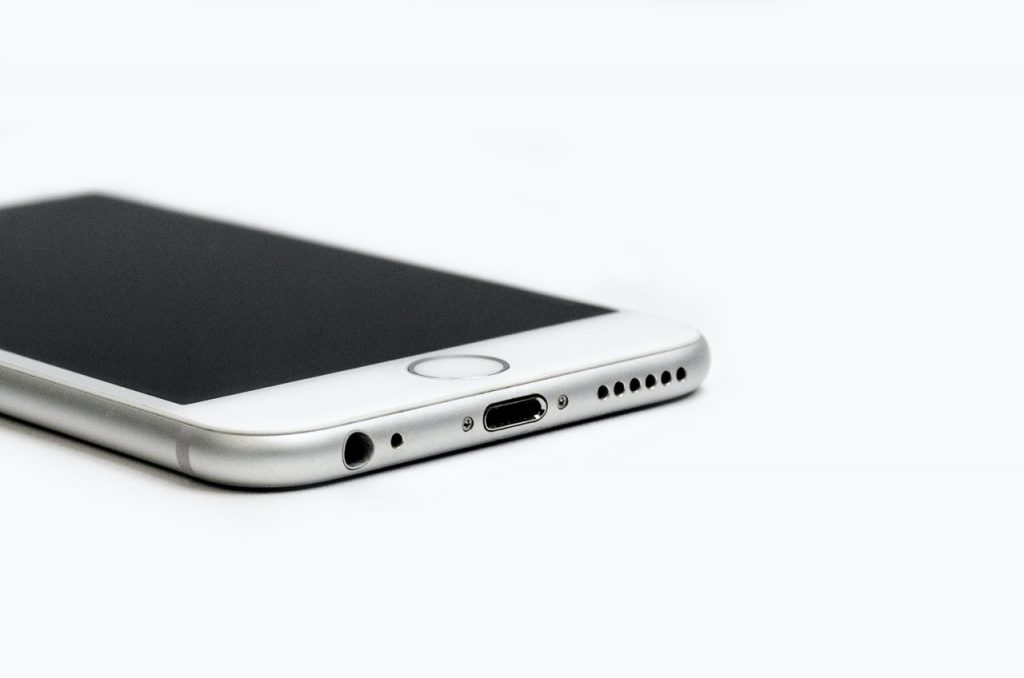
Let us check the things that it can fix:
#1. One could, of course, be about the performance of your phone; the longer the time the phone is being used, the more accumulated file processes and file storage hence the slower or buggier device due to updates that may override specific things that are not supposed to be overwritten and this may all cause the slowness of your device and being unresponsive, especially on your storage. Again, more glitches will be visible hence why some users always Factory reset their iDevice (not only applicable to iPhones but also other phones and computers). That is why performing a factory reset can fix the performance issues because it can wipe the data very clean, which improves the overall performance and bug-free the phone.
With that said, going in-depth about this thing that, if fixed. When you have a lot of photos, videos, movies, and apps on your phone in a major way for all intents and purposes, the message “Storage Almost Full” is probably the most common one you will see. The “storage almost full” problem has numerous solutions. The simplest and fastest approach to truly fix capacity full issue in every way that matters is to erase the majority of the information, which is genuinely critical. Activities can be deleted on your phone to sort of free up storage in a big way. Delete apps, videos, and photos, for instance, which is very important.
When you fundamentally erase your photographs, recordings, and applications, it is not erased for all time in that frame of mind in a significant way. Your phone retains all the deleted data, which is typically quite significant. You can use iPhone data recovery to wipe out all of the data significantly if you want to completely remove them. With it, you can delete your iPhone’s data—including photos, videos, messages, and apps or formats. After that, the space, which is really quite significant, will be available for use. Additionally, you can store the newly saved data without worrying about running out of space, which is significant. Be that as it may, many people especially are stressed over the information they need to keep while they play out a reset. As a result, they generally do not want to essentially erase the data, which is certainly quite significant.
The only thing they really want to do is eliminate some storage, which is pretty significant. iPhone data recovery offers a variety of features that, for the most part, assist them in freeing up storage. These features assist them in removing the data that isn’t needed but keeping the data that is. It can delete apps, videos, and photos when you use this tool to delete the data. All deleted data will be uploaded to the iPhone data recovery database, which is usually very important. Additionally, due to the limited storage space on your iPhone, all deleted files will be retained, which is significant.
You have the option of scanning all of the deleted files or scanning rather specific data subtly. Once selected, all the data this tool typically finds will unquestionably be subtly displayed on the screen. Most of the time, you can delete just the files you need or all of them. The space for the selected data will then be freed up after they are either permanently deleted or marked as available for reuse; The free space on your phone can then be used to add new data, which is especially important.
#2. Coming next to that would be software bugs that we can smash; as we have talked about on the first one, it fixes a lot of the performance issues, but specifically, we briefly, for all intents and purposes, touched the one that stated bugs. Still, bugs can take the form of a lot of things it can also act like a glitch, now since this wipes out all the software and settings on the device, it then also eliminates a lot of the different bugs definitely, such as UI bugs which specifically means the user interface may be a wrong written code for an update or an application, bad support and just overall all bugs.
Still, it doesn’t just stop there we also can fix issues and bugs like a slow system, it can also get as far as not updating, getting stuck, crashing, and also giving us a poorly amount of, for the most part, ram and lastly it can also make us really get a battery drainage issue.
Again, it does that because sometimes your iPhone might have software bugs or glitches that make it act weird or not work properly. For example, it might freeze, crash, drain the battery fast, or have trouble connecting to the internet. A factory reset can help fix these issues by erasing everything on your iPhone and starting from scratch, which is fairly significant. It deletes all the software and settings that you have on, particularly your iPhone. It puts a new and clean version of iOS that it allows the system that generally makes your iPhone run. This way, for all intents and purposes, you can get rid of any software problems that might be messing up your iPhone in a big way.
#3. Since a factory reset erases all personal data and settings from the device before things can go sideways, it allows also free up memory on the phone, which allows for your iPhone14, iPhone 14 Pro, and iPhone 14 Pro Max to be even more useful than it ever did before you did the factory reset.
Different problems that a reboot fixes.
For this, we are going to share with you some of the different problems that a reboot fixes on iPhone 14, pro, Pro Max, and Plus. Yes, you heard me right. Sometimes, you only need to repeatedly turn your shiny new device off to solve annoying issues. Don’t believe me, which is fairly significant. Well, let me show you some examples.
One of the most generally common problems a reboot fixes on iPhone 14, pro, Pro Max, and Plus is random restarts during charging. Some users have basically reported that their phones are randomly restarting when connected to a charger, whether it’s MagSafe or Lightning. This can, for all intents and use cases, can be very frustrating, especially if you are trying to backup definitely your data or actually update your iOS in a big way. This problem’s cause is unclear, but it seems to affect multiple iOS 16 and iOS 16 beta versions. The good news is that a fairly simple reboot can often fix this problem, or so they specifically thought.
Just power down definitely your device, leave it off for 30 seconds or so, and then power it back on, which is fairly significant. If the problem persists, you may need a full DFU to restore or contact Apple for a replacement. Another problem that a reboot fixes on iPhone 14, pro, Pro Max, and Plus is the freezing up during data transfer in a subtle way. Suppose you are setting up your new iPhone for the first time. In that case, you may encounter a bug that does not allow you to move past the iCloud, particularly restore or the data transfer option, while transferring data from another iPhone.
Your iPhone 14 may actually become unresponsive or stuck on a loading screen for more than 5 minutes. This can be very annoying, especially if you have a lot of data to transfer. The solution for this problem is to force restart your iPhone by pressing and holding power and volume down buttons until you see the Apple logo. Apple has, for all purposes, acknowledged this issue and really is working on a fix in a major way.
A reboot fixes a third problem on iPhone 14, pro, and Pro Max, plus the camera rattling and shaking on some apps. The iPhone 14 Pro and Pro Max basically have amazing cameras with 48MP sensors and optical image stabilization features, which is fairly significant. However, some users have, for the most part, noticed that their cameras are rattling and shaking when using apps like Instagram, Snapchat, and TikTok, which is quite significant. This can ruin actually your photos and videos and make them look blurry or distorted. The cause of this problem seems to be a software glitch that essentially affects the optical image stabilization feature of the camera in a major way.
The fix for this problem is to restart generally your iPhone and basically update your apps to the latest version in a subtle way. This should particularly resolve the issue and make very your camera work smoothly again in a big way. As you can see, there are many different problems that a reboot fixes on iPhone 14, pro, Pro Max, and Plus. Sometimes, a particularly simple restart can solve many issues that may seem complicated or serious at first glance.
Of course, not all problems can be fixed by a reboot. Some problems may require more advanced solutions like resetting all settings, cleaning up your storage, clearing browser cookies and data, or downgrading iOS. But before you try any of those methods, always try rebooting your iPhone first. You may be surprised by how definitely effective it is subtly. I hope you found this blog post helpful and informative, which is quite significant. If you did, please share it with your friends and family who pretty much own an iPhone 14, pro, Pro Max, or Plus.
What applications can be used in your computer to restart your iPhone
Now we will show you some fantastic computer programs you can use to restart your iPhone today. These applications can assist you in repairing your iPhone in a matter of minutes, regardless of whether it is frozen, unresponsive, stuck on the Apple logo, or acting strangely. Let’s truly get everything rolling!
#1. iMyFone Fixppo
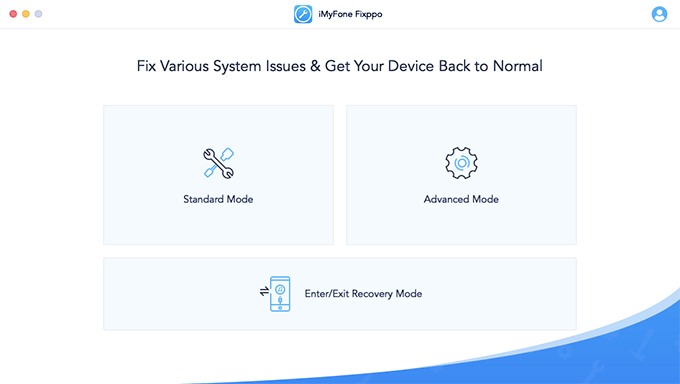
The first application I absolutely want to introduce. This iOS system recovery tool is pretty good and can restart your iPhone from a computer without losing any data. It can also effectively address a wide range of iOS issues, including boot loops, update failures, and black-and-white screens.
Its compatibility with all iOS devices and versions is superb, including the most recent iPhone 14 and iOS 16. How to use it:
You can get iMyFone Fixppo from the official website and install it on your computer. Send off the program and interface, especially your iPhone, to the PC utilizing a USB link. In a normal person manner, select Standard Mode from the main interface. This mode will restart your iPhone without influencing your information. Follow the on-screen instructions to put your iPhone into DFU or recovery mode. The iOS version and model of your device will be identified by the program automatically.
You can likewise physically choose them, assuming they generally are erroneous. To effectively obtain the firmware package for your device, click “Download.” This may take some time, and a lot depends on how fast your internet is, for the most part. Click Start to specifically Fix to begin the repair process after the download. Within a few minutes, your iPhone will be restarted and fixed.
#2. Tenorshare ReiBoot
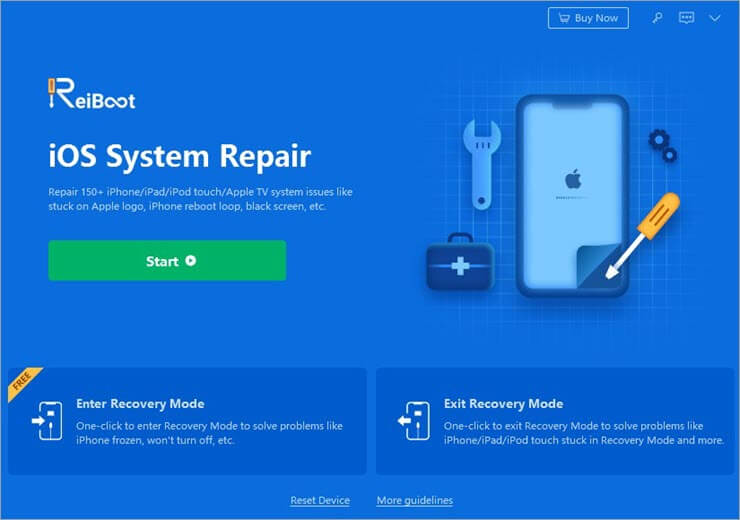
Tenorshare ReiBoot is the second application that I really want to recommend. With just one click, you can put your iPhone into recovery mode with this straightforward and straightforward app. Recovery mode is a special mode that, for the most part, can help you use iTunes or Finder to restore your iPhone. It can likewise assist you with exiting recuperation mode if your iPhone is trapped in it in an unpretentious way.
How to use it: Download and introduce Tenorshare ReiBoot on especially your PC in every way that really matters, official site. Start the app and connect your iPhone to the computer with a USB cable. The app will unquestionably identify your device and display two buttons: Switch between Recovery Mode’s entry and exit. Enter Recovery Mode will initiate a restart of your iPhone. They were under the impression that your iPhone would reboot and display a connect to computer icon on the screen. To leave recovery mode, click the Exit Recovery Mode button. Subtly, your iPhone will restart normally.
#3. 3uTools
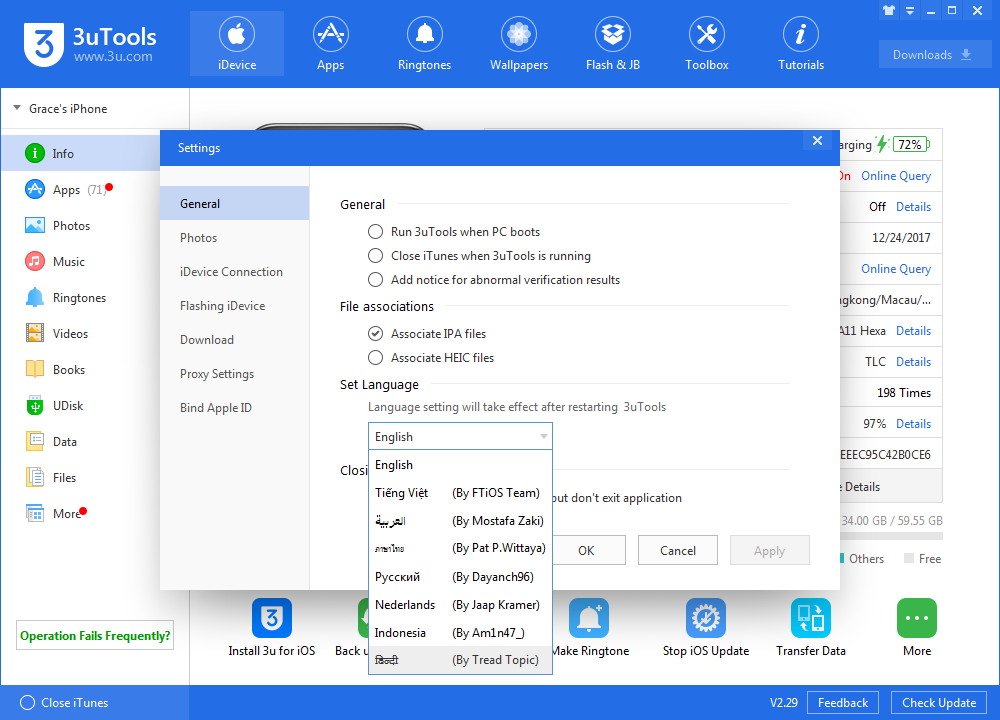
How to restart your iPhone with 3utools If you actually own an iPhone, you may have encountered situations in which your device becomes unresponsive, frozen, or stuck on a particular screen. This can be annoying and frustrating, especially if you need to use your phone immediately. Fortunately, a straightforward and efficient solution to this issue is properly restarting your iPhone.
When you restart your iPhone, you can clear some of the memory, close any apps running in the background, and fix any software issues that could cause your device to fail. However, there are times when pressing and holding the power button on your iPhone may not work as intended. All things considered, you really want to utilize an outsider instrument called 3utools.
You can manage your iOS devices on your computer with the free program 3utools. It has many elements and capabilities, like reinforcement and reestablishes, blaze and escape, information move, video converter, ringtone creator, etc. The ability to assist you in restarting your iPhone when it becomes stuck or frozen is one of the 3utools’ most useful features. In this blog post, I will demonstrate how to use 3utools to restart your iPhone in a few easy steps.
That is about it! That is quite a long article covering the ins and outs of “how to hard reboot or force restart your iPhone 14 or iPhone 14 Pro Max”. Even dwelling in the terms similar or connected to “Restart and Reboot”. If your device ever freezes or becomes unresponsive, this is a useful trick to know. For some minor software issues and glitches, forcing a restart can also be helpful. Remember that this method can disrupt some background processes and result in data loss, so only use it when absolutely necessary. I hope you found this article formative even though it is quite long; happy rebooting, restarting, or just using your iPhone 14 pros!

























![The Apex Legends Digital Issue Is Now Live! Apex Legends - Change Audio Language Without Changing Text [Guide]](https://www.hawkdive.com/media/5-Basic-Tips-To-Get-Better-On-Apex-Legends-1-218x150.jpg)




